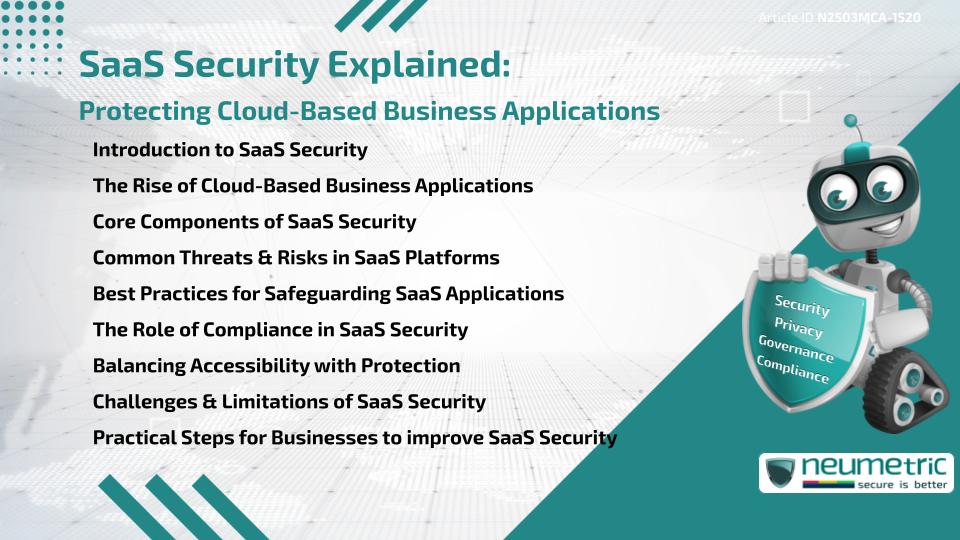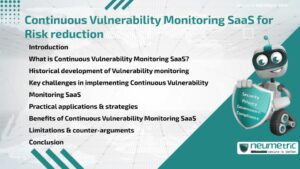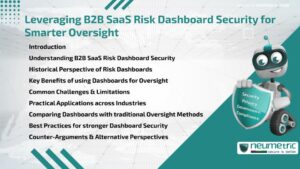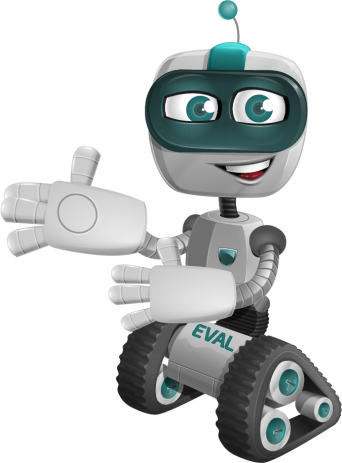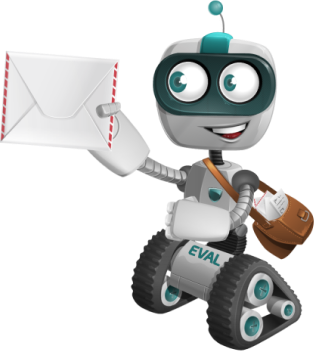SaaS Security Explained is the essential guide to understanding how to protect cloud-based business applications from Threats, data breaches & operational disruptions. This involves safeguarding Sensitive Data, managing User access, ensuring compliance with legal frameworks & preparing for potential cyberattacks. With businesses increasingly relying on Software-as-a-Service [SaaS] platforms for core operations, Security is no longer optional but a critical business requirement. This article explores the history, fundamentals, Risks, Best Practices & limitations of SaaS Security in clear, practical terms.
Table of Contents
ToggleIntroduction to SaaS Security
At its core, SaaS Security is about protecting applications & data hosted in Third Party cloud environments. Since the provider manages infrastructure & updates, businesses must focus on Identity Management, Data Privacy & Regulatory Compliance. Unlike traditional software Security, SaaS Security demands constant oversight because the environment is shared among multiple clients.
The Rise of Cloud-Based Business Applications
Cloud-based applications gained momentum in the early 2000s, replacing traditional on-premise software models. Businesses found them cheaper, faster to deploy & easier to scale. However, this convenience also brought new Risks. Just like moving valuables to a public storage facility, businesses had to trust another party to guard their digital assets, making “SaaS Security explained” an urgent topic for IT teams & executives alike.
Core Components of SaaS Security
SaaS Security involves several pillars:
- Data Protection – Encrypting data in transit & at rest.
- Identity & Access Management [IAM] – Controlling who can access what.
- Application Security – Protecting against Vulnerabilities such as SQL Injection & Cross-Site Scripting.
- Monitoring & Incident Response – Detecting & addressing suspicious activity quickly.
Common Threats & Risks in SaaS Platforms
The most common Risks include:
- Data breaches from stolen credentials.
- Insider Threats from Employees with excessive access.
- Misconfigurations leaving systems exposed.
- Compliance violations due to poor data handling.
A weak link in any of these areas can compromise the entire business. Think of it like locking your house but leaving the windows wide open.
Best Practices for Safeguarding SaaS Applications
To reduce Risks, businesses should:
- Implement strong password Policies & Multifactor Authentication.
- Regularly Audit permissions & access logs.
- Train Employees on Phishing & Social Engineering.
- Maintain Backups & Recovery plans.
These steps help translate “SaaS Security explained” from theory into action.
The Role of Compliance in SaaS Security
Compliance standards such as General Data Protection Regulation [GDPR], Health Insurance Portability & Accountability Act [HIPAA] & SOC 2 define the rules for data handling. Meeting these not only avoids fines but builds trust with clients. In regulated industries, compliance is as essential as the locks on your office doors.
Balancing Accessibility with Protection
One of the biggest challenges in SaaS Security is ensuring Employees can work efficiently without compromising safety. Too much restriction slows operations, while too little invites Risk. The goal is to find that “sweet spot” where Security Measures blend seamlessly with productivity.
Challenges & Limitations of SaaS Security
Despite best efforts, limitations remain. Businesses have less control over infrastructure, must trust vendor transparency & face the challenge of integrating Security Measures across multiple SaaS Providers. “Saas Security explained” often means acknowledging these trade-offs & planning accordingly.
Practical Steps for Businesses to improve SaaS Security
Businesses can start improving Security by:
- Conducting regular Vendor Risk Assessments.
- Using Single Sign-On [SSO] solutions.
- Keeping Security Awareness training up to date.
These measures create a layered defense that is harder for attackers to breach.
Conclusion
SaaS Security explained is more than a technical checklist — it is a comprehensive approach to safeguarding the tools that power modern Business Operations. By understanding the Risks, applying Best Practices & respecting Compliance Requirements, Organisations can confidently embrace the benefits of cloud-based applications.
Takeaways
- SaaS Security focuses on protecting data, applications & User access in cloud environments.
- Strong Security requires balancing convenience with control.
- Compliance plays a critical role in building trust & avoiding penalties.
- Regular training & audits strengthen the human element of Security.
- Businesses must accept certain limitations while still actively reducing Risk.
FAQ
What is the meaning of SaaS Security explained?
It means learning about & using strategies to safeguard business applications that run in the Cloud from various Security Risks.
Why is SaaS Security explained important for companies?
It is vital because cloud-based applications often store sensitive business & Customer Data, making them prime targets for attacks.
What are the main Threats in SaaS platforms?
Typical dangers involve stolen or exposed data, harmful actions from within the organisation, incorrect system settings & deceptive phishing attempts.
How does compliance relate to SaaS Security explained?
Compliance ensures Organisations meet legal & Industry Standards for protecting data, reducing Risk & improving trust.
Can Small Businesses benefit from SaaS Security explained?
Yes, even Small Businesses use cloud-based tools & face similar Threats as large companies.
Is training part of SaaS Security explained?
Absolutely, as Employee awareness is critical in preventing Security breaches.
Need help?
Neumetric provides organisations the necessary help to achieve their CyberSecurity, Compliance, Governance, Privacy, Certifications & Pentesting goals.
Organisations & Businesses, specifically those which provide SaaS & AI Solutions, usually need a CyberSecurity Partner for meeting & maintaining the ongoing Security & Privacy needs & requirements of their Clients & Customers.
SOC 2, ISO 27001, ISO 42001, NIST, HIPAA, HECVAT, EU GDPR are some of the Frameworks that are served by Fusion – a centralised, automated, AI-enabled SaaS Solution created & managed by Neumetric.
Reach out to us!

